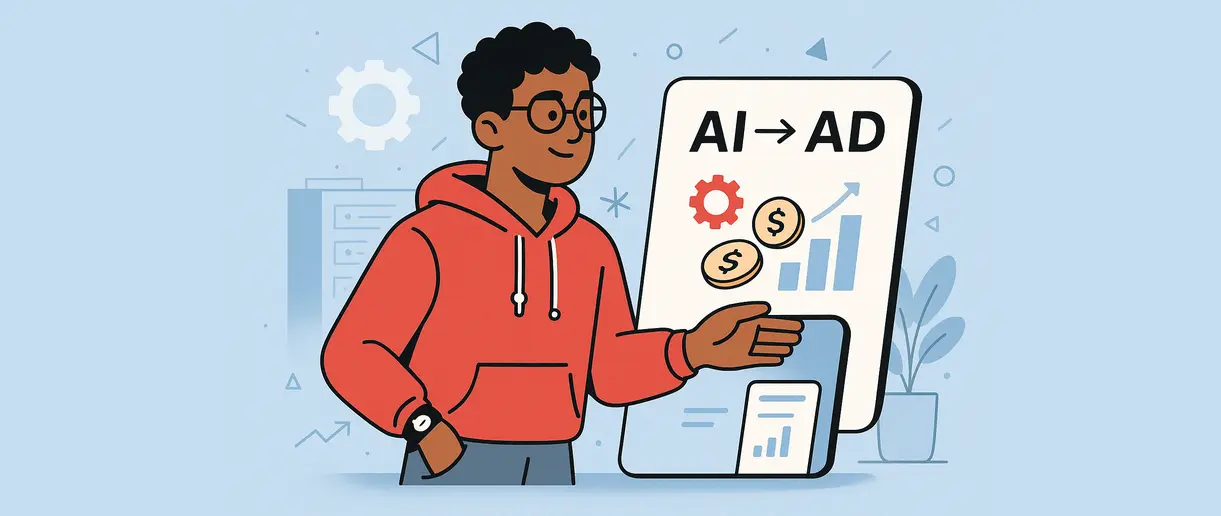
Many publishers still rely on segment-level pricing strategies that apply the same floor price across broad user groups. While this approach seems intuitive and is relatively simple to implement, it does not reflect how demand-side platforms (DSPs) actually value impressions. Over time DSPs have started evaluating each impression based on a wide range of real-time signals, rendering cohort based pricing models to be less effective.
If pricing does not match the true value of each impression, publishers risk two outcomes. High-value impressions may be underpriced, leading to lost revenue. Low-value impressions may be overpriced, leading to fill rate losses.
Segment-Level Pricing strategies: Simple, but Blunt
Segment-level floors assign one price to all users in a group. For instance, all Android users in the United States may be priced at $10. On the surface, this seems logical. But in reality, there are major differences between users within that group.
Imagine two Android users. One is using a high-end Samsung device, with a deep digital footprint of commerce and a strong conversion history for advertisers. The other uses a $100 device, with limited digital footprint. Segment-level pricing treats them the same. But from the perspective of the DSP, these impressions are valued very differently.
Without adjusting for these differences, the high-value user is likely undervalued. The lower-value user might not get filled at all. As a result, the publisher misses out on both revenue and efficiency.
AI-Driven User-Level Pricing Strategies: Smarter Floors at the Right Time
AI-based pricing solves this problem by analyzing real-time signals for each ad request. The system considers variables such as device type, OS version, network connection, and even auction behavior at a specific time of day. Based on these inputs, it sets a tailored floor price for every impression.
The pricing is more aligned with how DSPs bid. Competitive impressions are priced to extract more value. Marginal impressions are priced low enough to avoid no bids. There is no need to define static rules or update spreadsheets. The model handles the complexity automatically.
Benefits for Publishers
With AI-driven user-level pricing:
- Floors adjust dynamically based on demand and competition.
- Capture higher eCPMs for premium traffic.
- Preserve fill rates for less competitive auctions.
- React quickly to new trends in bidding behavior.
- Reduce manual work and rely on continuous optimization.
The system is always learning. With each impression and each auction, it becomes better at predicting where the yield opportunities are.
Addressing Concerns About Variability
Some worry that dynamic pricing may introduce revenue swings. It does introduce more day-to-day variation than static models. But that variability is reflected in the input metrics – pricing and not on output metric – revenue.
Why It Matters Now
DSPs are more precise than ever. Budgets are performance-driven. Static pricing based on averages no longer aligns with how buyers think. Publishers who adopt dynamic, impression-level pricing are better equipped to match the sophistication of the market.
AI pricing is not just reactive. It is predictive. It tests hypotheses, tracks outcomes, and constantly improves its pricing decisions. This leads to better monetization with less manual oversight.
At Crackle
Crackle’s user-level pricing engine uses real-time data and AI to determine the right floor for every impression. It combines device-level context and auction dynamics to match how buyers actually evaluate inventory.
The result is more revenue, stronger fill rates, and a system that adapts on its own.
If you’re interested in moving away from static cohorts and exploring dynamic pricing built for today’s programmatic market, we’d love to connect. Fill out a quick form to Contact us.





